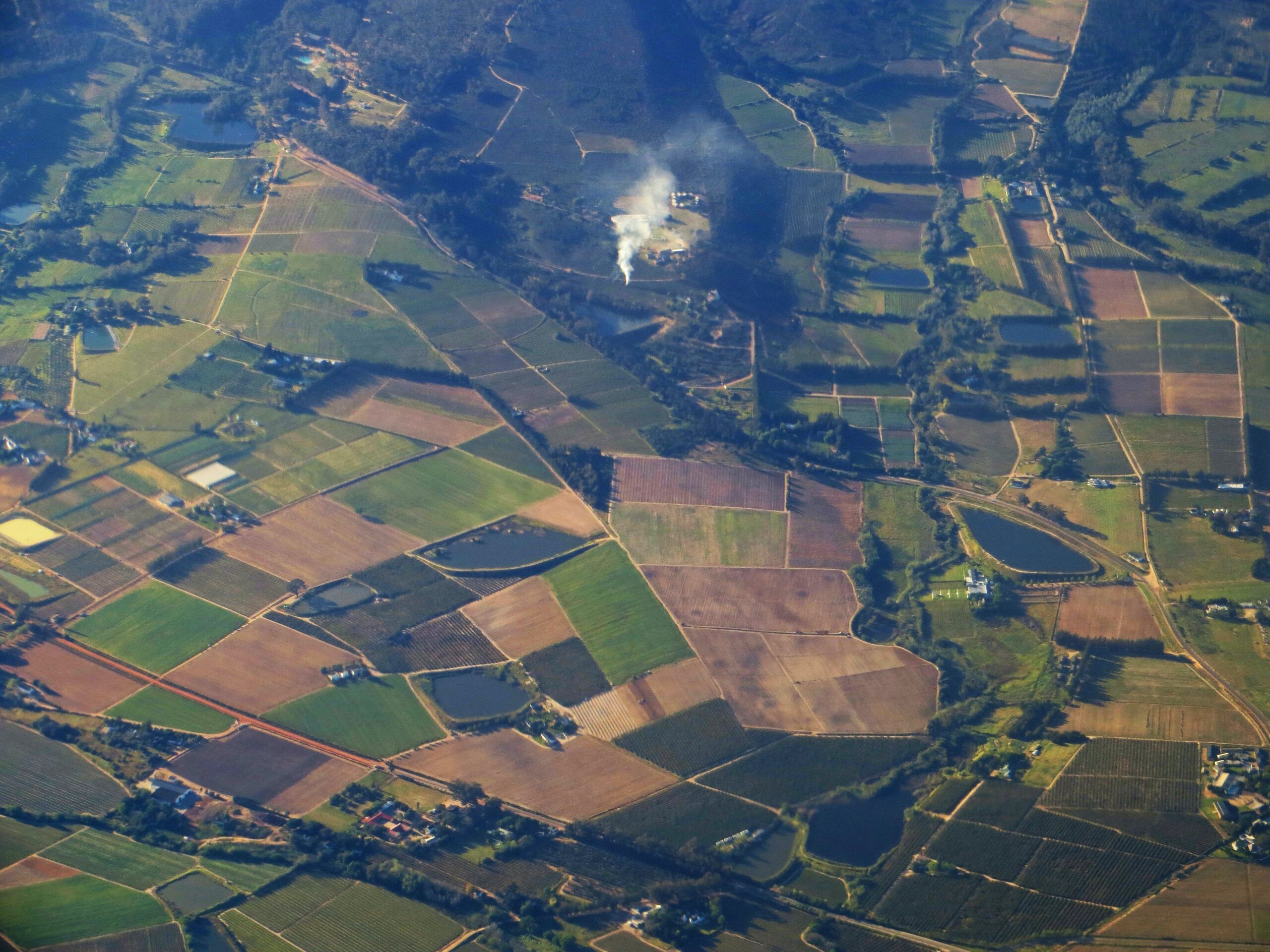On December 12, 2023, the Bureau of Indian Affairs (BIA) finalized new regulations for taking fee lands into trust. The Fee-to-Trust regulations implement a provision in the 1934 Indian Reorganization Act (IRA) that allows the Secretary of the Interior to take lands into trust on behalf of Federally recognized tribes or individual Indians. The Final Rule governs four types of land acquisitions that regulations will govern: 1) on-reservation; 2) contiguous; 3) off-reservation; and 4) initial acquisitions. The new Fee-to-Trust Rule was published in the Federal Register, 88 Fed. Reg. 86222 and became effective on January 11, 2024. The Final Rule is available here.
The Final Rule aims to further tribal self-determination and self-governance in the land acquisition process by setting deadlines for BIA actions and clarifying and streamlining the process. In particular, the Final Rule establishes a 120-day timeframe to issue a decision once the Department of Interior receives a complete application. The current process takes approximately over 2.5 years on average, and BIA has 941 cases pending approval. The Final Rule aims to address these delays in the land acquisition process and address the backlog.
In addition to the new deadline, the Final Rule includes the following improvements:
- clarifies the definition of Indian tribe by using the 1994 List Act of Federally Recognized Tribes;
- clarifies that the regulations do not govern land acquisitions that are mandated by Congress or a Federal court; and
- no longer requires the Secretary to take into consideration impacts to state and local taxes for on-reservation or contiguous acquisitions unless the state or local government raises such concerns.
For off-reservation and initial land acquisitions, the Final Rule also includes provisions intended take scrutiny off of the distance of a parcel to a tribe’s reservation by:
- presuming that the tribe will benefit from the acquisition; and
- focusing on location of the land and any potential conflicts regarding land use in that area.
The Final Rule also incorporates a process to determine whether a tribe is “under Federal jurisdiction” in 1934 to comply with a 2009 ruling by the U.S. Supreme Court in the Carcieri v. Salazar case. The Rule includes three categories to evaluate whether a tribe is “under Federal jurisdiction.” The three categories are: 1) conclusive, 2) presumptive; and 3) probative.
Conclusive evidence establishes that a tribe was placed under Federal jurisdiction in or before 1934 and does not require further analysis. Presumptive evidence requires Interior to conduct a detailed review of the historical record to determine whether the tribe came under Federal jurisdiction in or before 1934, and whether that jurisdiction remained intact. If neither evidence is present, the Department will consider all probative evidence in concert to determine whether the historical record supports a finding that the tribe was under Federal jurisdiction in 1934. This process will not apply if a statute makes the IRA applicable to the tribe or if the Interior previously issued a favorable decision for the tribe.
Patterson Earnhart Real Bird & Wilson LLP is dedicated to the representation of American Indian tribes, tribal entities, and individual Indians across the United States. Our mission is to support and advance the sovereignty, self-sufficiency, and self-governance of our tribal clients.
To learn more about how we can assist your tribe, contact our Colorado office at 303-926-5292.

